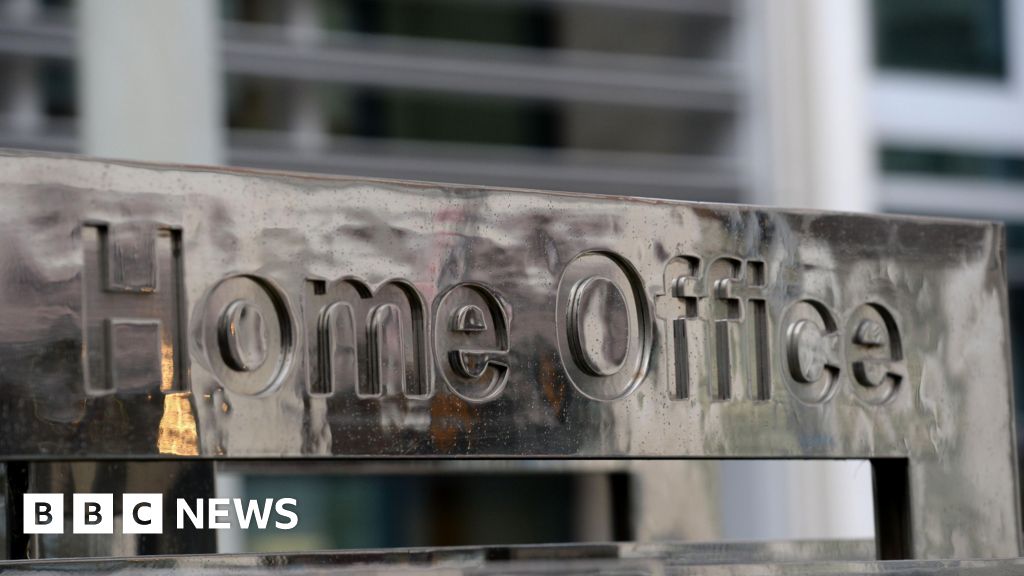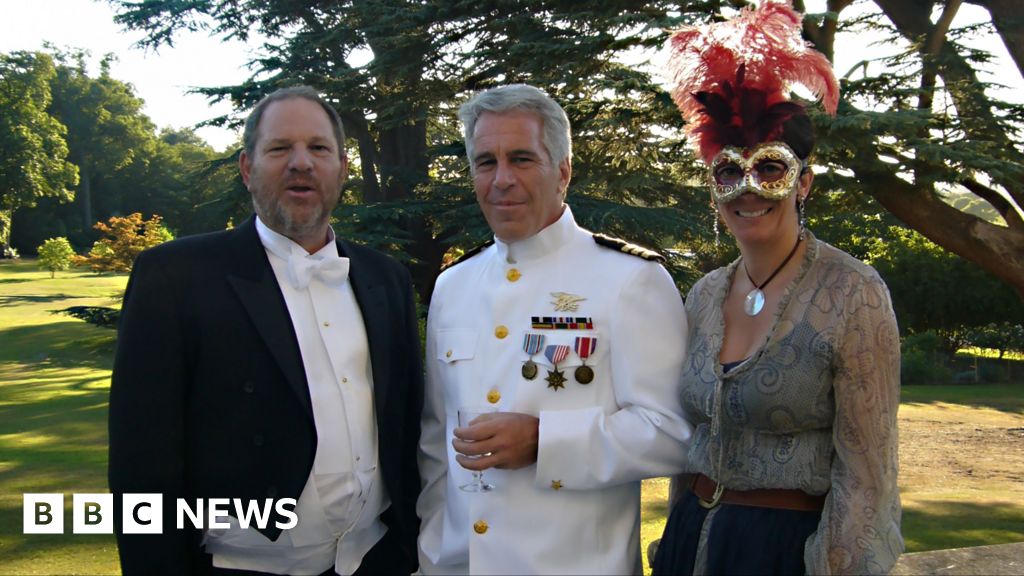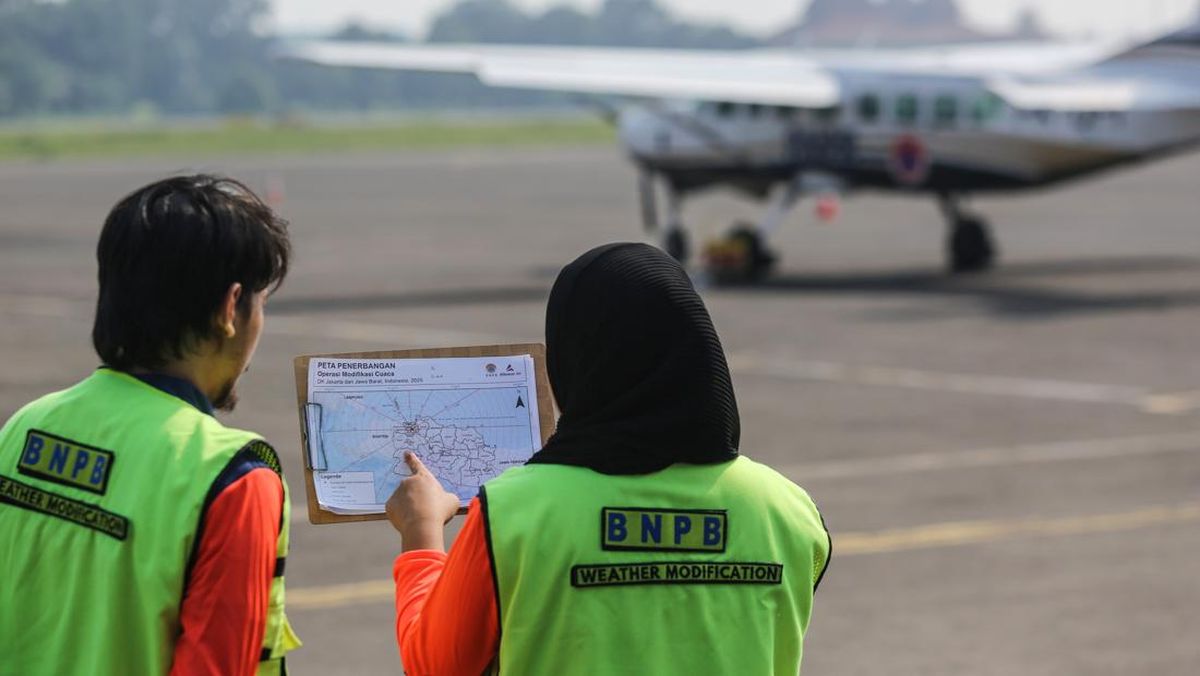A Brisbane-based hypersonics start-up has secured a $46 million investment boost, including $10 million from taxpayers, ahead of a planned NASA demonstration of its green scramjet technology.
Hypersonix Launch Systems, which had its origins in the University of Queensland’s Centre for Hypersonics, has designed an engine with no moving parts capable of propelling a vehicle up to 12 times the speed of sound.
The biggest single investor was High Tor Capital, which joined the likes of Saab and RKKVC in the Series A round of funding. Their stakes remained confidential, but one investor had a public duty to disclose its involvement.

Hypersonix chief executive Matt Hill and co-founder Michael Smart with a model of their Dart AE 001.Credit: Sarah Keayes/The Photo Pitch
The $46 million raised included $10 million from Australian taxpayers, who have taken a stake in the company via the Albanese government’s $15 billion fund to boost domestic innovation and manufacturing.
It was the National Reconstruction Fund Corporation’s first defence-related investment.
“We see huge potential in backing Australian companies and innovations that build our sovereign capability while also tapping into the global market for hypersonic and counter hypersonic capabilities among our friends and allies,” NRFC chief executive David Gall said.
“Investing in Hypersonix will help to boost Australia’s aerospace capabilities by creating highly skilled design, engineering, and manufacturing jobs in regional Queensland.”
A hypersonic arms race has broken out among military powers, with Russia deploying such weapons in its years-long war with Ukraine last November.
But while the scramjet’s military applications were clear, Hypersonix co-founder Dr Michael Smart – a former UQ professor and NASA researcher – said civil aviation would reap the long-term benefits.
“There’ll be hypersonic aircraft flying Sydney to London in two hours – that’s a no-brainer – using hydrogen as fuel, so no emissions; no CO2 generated,” he said.

Hypersonix Launch Systems showcases their DART AE 001, the world’s first entirely 3D-printed airframe of a hypersonic launch platform in high-temperature alloys.
“Totally clean flights using green hydrogen, being able to fly at hypersonic speed from one side of Earth to the other.
“Imagine just being able to turn up in London in two hours from now.”
That was the dream, but it was still a long way off. In the meantime, Smart was devoting his company’s energy to getting Hypersonix’s 3D-printed scramjet – the Spartan– airborne in Virginia next January, via its 3.5-metre Dart AE [Additive Engineering] vehicle.
If successful, the NASA-backed test flight would mark the world’s first sustained hypersonic flight using green hydrogen. Along with the defence and travel applications, the technology could also be used as part of staged payload deliveries to Earth’s orbit.
“It’s really a technology demonstration for us,” Smart said.
“We’re a small company and we’re going to prove that we can go and safely do a hypersonic flight test of a range – historically, only big companies could do that – then going to fly at Mach 7 [about 8650km/h] and manoeuvre.
“Historically, hypersonic flight testing has been really expensive – hundreds of millions of dollars, very complex – but our DART vehicle, because it was designed to be ‘cheap and cheerful’ as I say to the Americans, has actually opened up a whole new opportunity to do lots and lots of flight testing.
“Groups in America have come up with some really cool quantum computing navigation solutions, but they’ll test it in the laboratory. They haven’t, up until now, been able to test it in the real hypersonic conditions. We’re going to enable that.
“Our current business model in the short term is to supply these services to other companies. Yes, it’s all part of defence technology, but for us, it’s actually commercial activity that Dart is enabling.”
Proceeds from the capital raise would contribute to advanced manufacturing capabilities in Queensland and fast-track development of Hypersonix’s second platform, VISR – Velos Intelligence, Surveillance and Reconnaissance.

Hypersonix’s Brisbane-based technicians working on the Dart.Credit: Sarah Keayes/The Photo Pitch
The eight-metre, fully reusable, hydrogen-fuelled hypersonic aircraft would be used for intelligence, surveillance and reconnaissance missions, rapid delivery and space system testing.
VISR will use four SPARTAN engines and advanced ceramic composites to withstand the extreme heat of sustained hypersonic flight.
High Tor Capital chief executive James Chiswell said his team saw enormous potential in the Hypersonix platforms.
“DART AE and VISR are transforming how we think about access to the edge of space and high-speed defence,” he said.
Hypersonix employs 45 high-skilled workers in Brisbane across aerospace engineering, advanced manufacturing and testing roles. Former Australian ambassador to the United States Arthur Sinodinos served as the company’s chairman.
“This investment is a strong vote of confidence in Hypersonix and in Australia’s ability to lead the world in next-generation aerospace,” he said.
“It’s also a sign that we’re stepping up to develop sovereign capabilities that matter.”
Most Viewed in National
Loading


















































